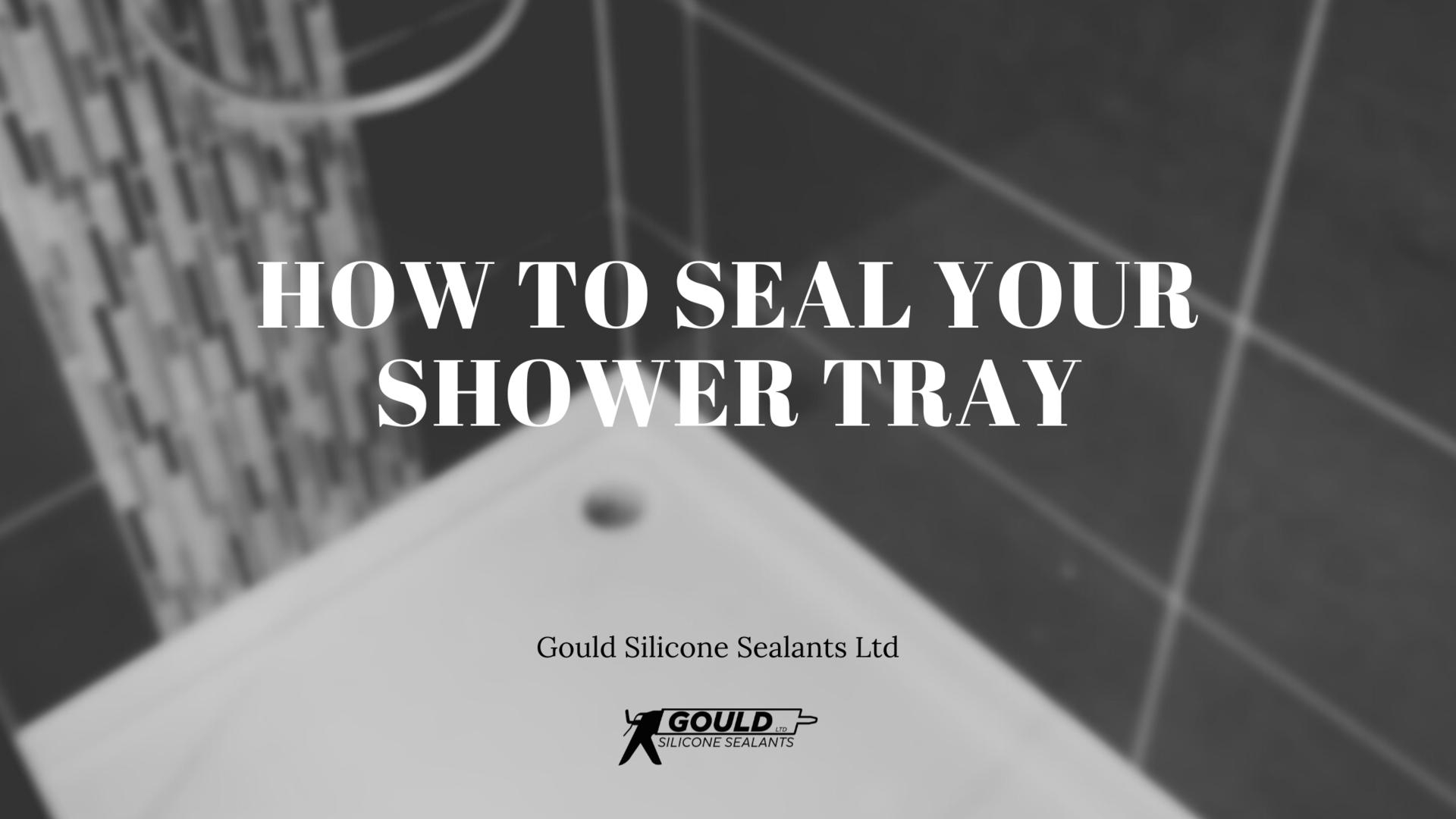How To Seal your Shower Tray
Posted on 4th August 2023 at 13:43
A leaking shower tray can lead to water damage, mold growth, and costly repairs. Properly sealing your shower tray is essential to keep your bathroom dry and well-protected. In this step-by-step guide, we'll walk you through the process of sealing a shower tray effectively.
Here are the materials you will need :
- Silicone sealant (mold-resistant)
- Silicone gun
- Mastic tool
- Cleaning cloth
- Mild soap and water
Step 1: Clean the Area
Before you begin, make sure the shower tray and the surrounding surfaces are clean and free from any dirt, soap scum, or existing sealant residue, this is important to make sure the new silicone sticks to the surface its being applied to. Use a mild soap and water solution to thoroughly clean the area, and then allow it to dry completely before proceeding.
Step 2: Prepare the Silicone Sealant
Load the silicone sealant tube into the Mastic gun, and cut the tip of the nozzle at a 45-degree angle. The size of the nozzle opening will determine the thickness of the bead of sealant.
Step 3: Apply the Sealant
Starting at one corner of the shower tray joint, slowly squeeze the silicone gun trigger, applying a steady and consistent bead of sealant along the entire joint. Keep the pressure even to maintain a uniform seal. Work your way around the entire perimeter of the shower tray.
Step 4: Smooth the Sealant
Use a caulking tool to smooth out the sealant bead. Wetting the tool with a soapy solution can help prevent the sealant from sticking to it. Gently glide the tool along the joint to create a neat finish.
Step 5: Remove Excess Sealant
While the sealant is still wet, use a clean cloth or paper towel to wipe away any excess sealant from the surrounding surfaces.
Step 6: Let the Sealant Cure
Allow the silicone sealant to cure as per the manufacturer's instructions. This typically takes a few hours to a day, depending on the type of sealant used. Avoid using the shower during this curing period to ensure a strong and lasting seal.
Step 7: Test for Leaks
After the sealant has cured, run a test by turning on the shower and checking for any signs of water leakage. If you notice any leaks, address them immediately by reapplying sealant to the affected areas.
Maintenance Tips:
Regularly inspect the sealant for any signs of wear or damage, and reapply as needed to maintain a watertight seal around the shower tray. Remember to use a mold-resistant and waterproof silicone sealant to ensure the longevity and effectiveness of the seal.
By following these simple steps, you can ensure that your shower tray remains well-sealed, protecting your bathroom from potential water damage and giving you peace of mind during every shower. Properly sealing the shower tray is a small but significant investment in the longevity of your bathroom and the overall value of your home.
Tagged as: black mould, Blog, guide, mastic, sealing, shower, shower tray, silicone, silicone sealing, step by step
Share this post:

